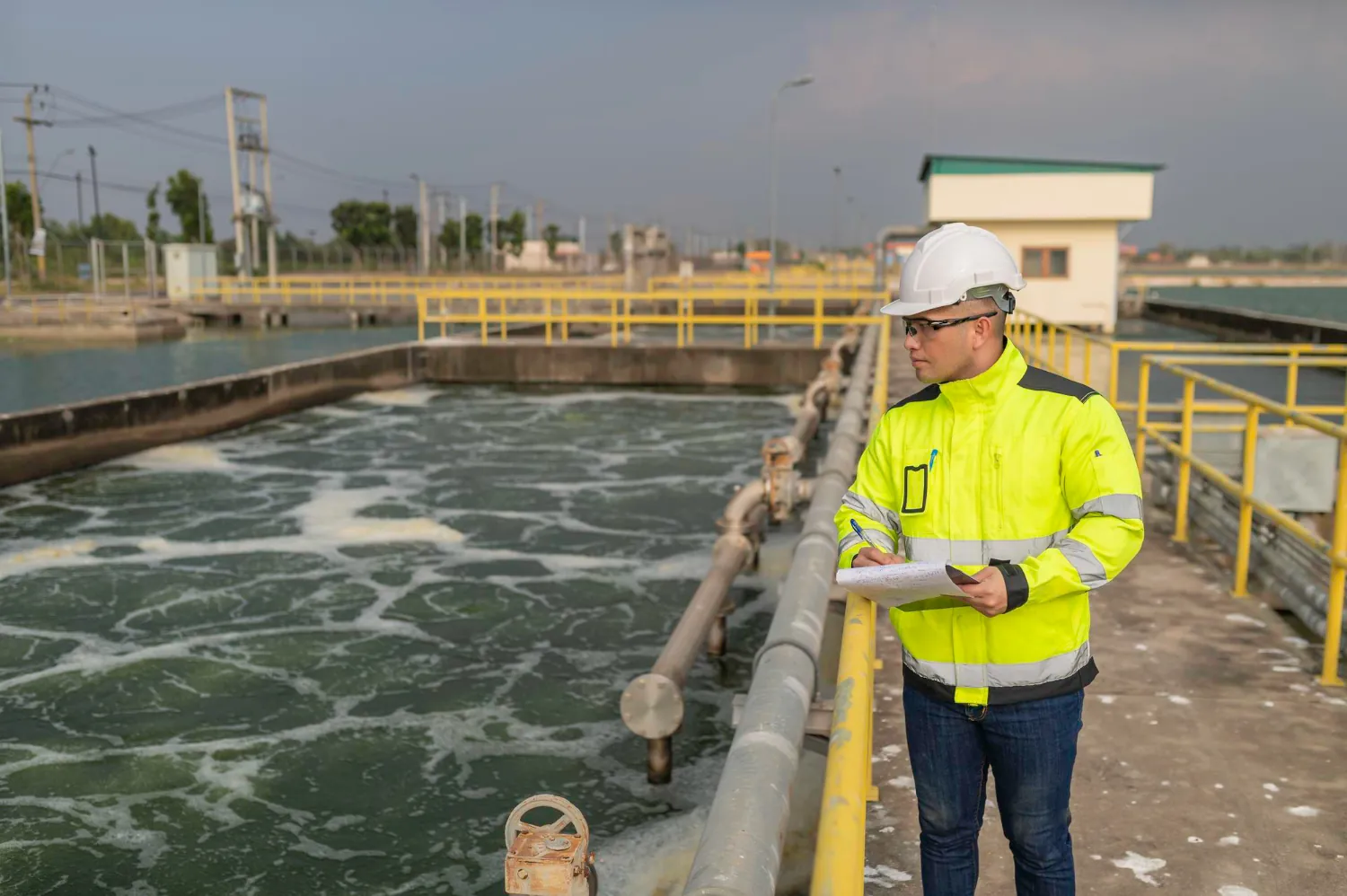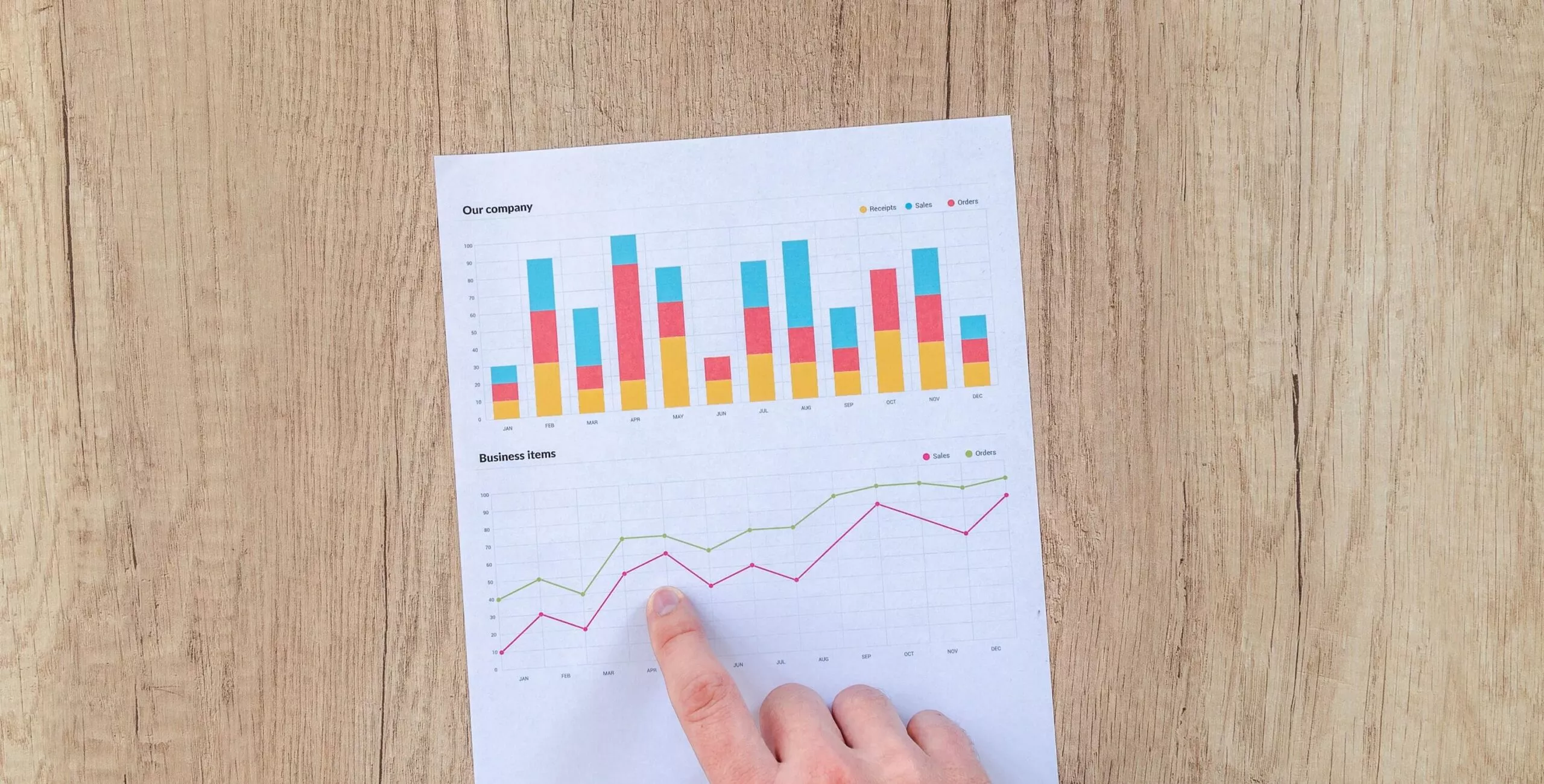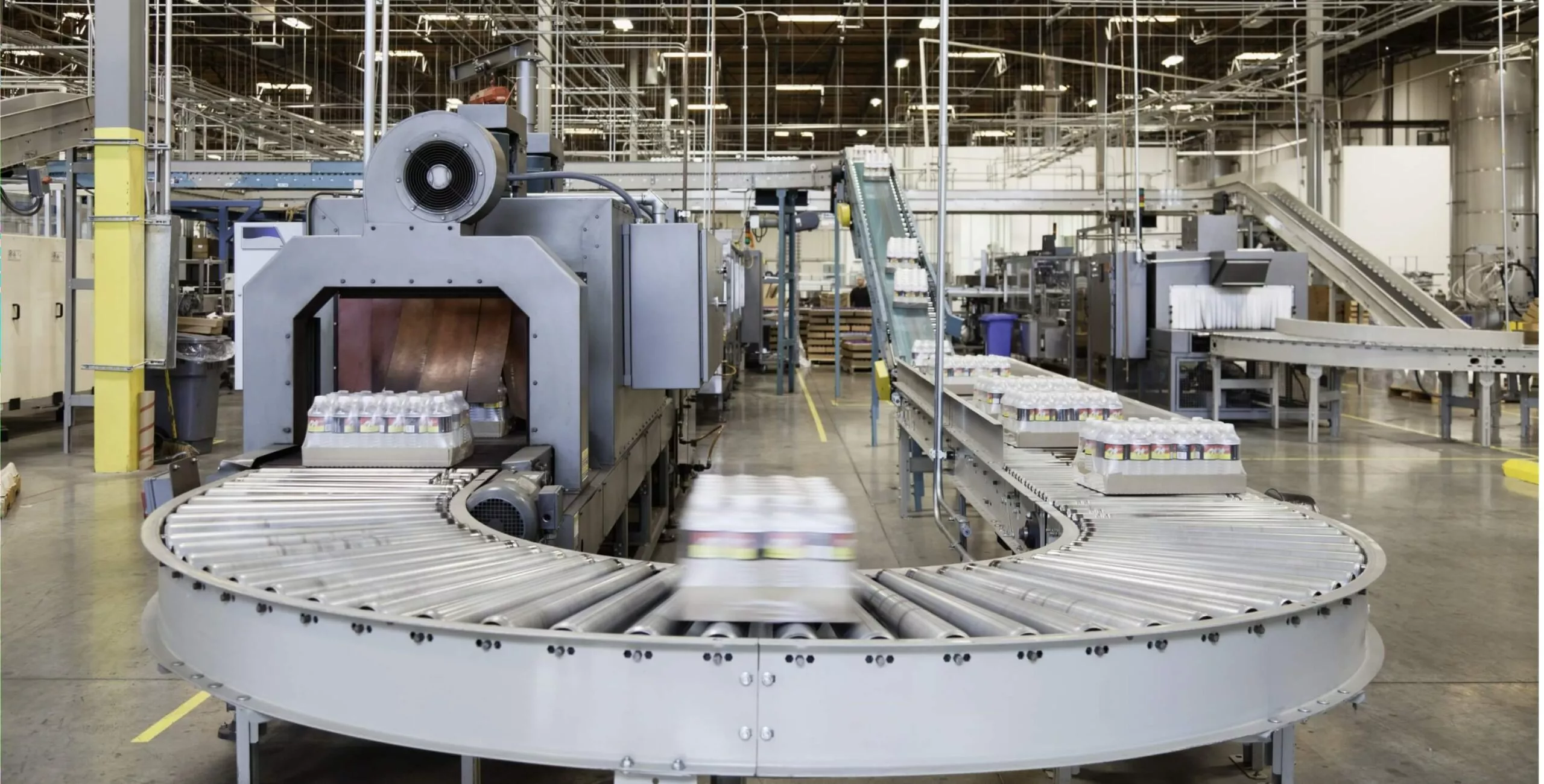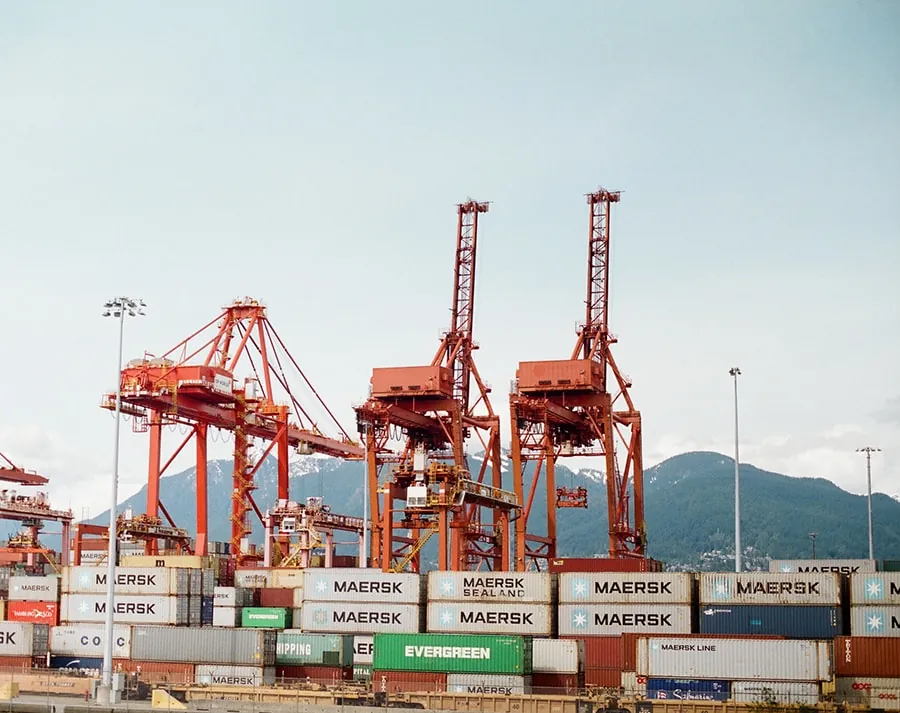In natural areas, rainwater usually gets absorbed into the ground. It helps plants grow, refills underground water, and flows gently into nearby rivers and streams. But in cities where roads, buildings, and concrete cover most of the land, there’s no place for the water to go. Instead of soaking in, it rushes over surfaces and ends up in drains and sewers. This sudden flow can lead to flooding, damage to buildings, and polluted water. That’s why stormwater management is so important in urban spaces.
In this blog, we’ll walk you through what stormwater management is and explore some of the best practices that can help you reduce risks and maintain smooth operations. Whether you’re handling routine maintenance or planning for long-term infrastructure, this guide is for you.
What Is Stormwater Management?
Stormwater management is all about controlling the rainwater or melted snow that runs off roads, rooftops, and other hard surfaces. Instead of letting all that water rush into drains and streets, stormwater management focuses on slowing it down, cleaning it up, and letting it soak into the ground where possible.
When cities grow and more buildings and roads come up, there’s less open land to absorb rainwater. Water moves faster over these hard surfaces and ends up carrying dirt, oil, trash, and other pollutants into rivers and lakes. This can cause flooding, damage infrastructure, and pollute the environment.
Modern stormwater management helps tackle these problems before they get out of hand. If done well, it protects our neighborhoods, reduces flood risks, and keeps our water clean.
Why Does Stormwater Management Matter?
Without proper planning, too much stormwater can quickly overwhelm drains and sewers. This leads to a bunch of problems like:
- Flooding in low-lying areas
- Soil erosion along riverbanks
- Damage to roads and buildings
- Loss of animal and plant habitats
- Water pollution from garbage, oil, and sewer overflows
Stormwater can also mix with harmful chemicals and dirty water from sewer systems, making the problem even worse. This contaminated water often flows into rivers and lakes, harming aquatic life and affecting drinking water.
How Does Stormwater Management Work?
In nature, rainwater slowly soaks into the soil, feeds underground water sources, or flows gently into rivers and lakes. In cities, this doesn’t happen as easily. Roads, buildings, and pavements block water from being absorbed. Instead, it rushes through drains and carries all kinds of pollution with it.
Stormwater management tries to bring back some of that natural balance. Here’s how:
- Green spaces like parks, gardens, and rain gardens absorb water
- Permeable surfaces let water soak into the ground instead of flowing away
- Retention ponds and tanks collect runoff and release it slowly
- Vegetated swales and bioswales filter out pollutants before water enters drains
The goal is simple. Slow the water down, let it sink in, and clean it up before it reaches rivers or oceans. As cities keep growing, having strong stormwater systems in place becomes even more important for everyone’s safety and for the environment.
Stormwater Best Management Practices
Managing stormwater the right way can save you trouble, money, and time on your construction site. Below are some practical strategies you can use to keep things under control and avoid pollution problems.
-
Strategic Site Planning
Start by thinking through your site layout. The less land you disturb, the fewer problems you’ll run into. Try to phase your work so everything doesn’t happen at once. Stick to working in specific zones rather than spreading out. This helps reduce the need for extra controls and makes it easier to manage runoff and soil movement. Plus, it cuts down on costs.
-
Erosion and Sediment Control
One of the biggest issues in stormwater management is erosion. When soil washes away, it can clog nearby water bodies. To avoid this, use erosion and sediment control methods. These fall into two types:
- Point controls target specific areas like slopes or drains.
- Linear controls run along slopes or site boundaries to catch runoff across a bigger area.
Both help prevent dirty water from leaving your site.
-
Stabilize the Soil
When you clear away vegetation, you also lose the natural cover that holds the soil together. To fix this, you need to stabilize the ground again. 2 popular methods are:
- Mulching: Spread straw, wood chips, or similar stuff over the soil to protect it. It also helps the soil hold water so plants can grow back.
- Hydroseeding: Spray a mix of seeds and nutrients to get vegetation going quickly.
-
Control the Runoff
Runoff can cause erosion and even flooding. Simple fixes like installing downspouts, slope drains, or diversion channels can help you manage where water flows, especially in steep areas.
-
Set Up Perimeter Controls
Keep pollution from getting tracked off the site. Set up washout stations for concrete, put barriers around drains, and manage entry and exit points so vehicles and workers don’t carry mud or pollutants out onto public roads.
-
Prevent Pollution
It’s easier to stop pollution from happening than to clean it up later. Some good habits include:
- Housekeeping: Store chemicals and hazardous materials properly. Label everything clearly.
- Material management: Keep materials covered and away from areas where water flows.
- Spill response: Have a plan in place. Make sure someone’s responsible for handling any accidents.
-
Use Structural BMPs
Some BMPs involve actually building things that help in the long run. For example:
- Retention ponds: These hold water so it can be filtered before it’s released.
- Man-made wetlands: These help clean and slow down water before it leaves the site.
- Sand filters: Great for filtering out pollutants from runoff.
- Riparian barriers: Stone or concrete structures that protect stream banks
-
Try Green and Innovative Solutions
Looking for sustainable options? Green roofs, rain gardens, and permeable pavements are great long-term choices. They help reduce runoff, filter water, and improve the environment without much maintenance once they’re set up.
-
Train Your Team and Keep Checking
Even the best BMPs won’t work if people don’t know how to use them. Make sure everyone on your site, including subcontractors, knows the basics.
Also, don’t just install BMPs and forget about them. Inspect them regularly, especially after heavy rain. Most pros recommend checking everything at least once a week.
Maintenance and Stormwater Risk Management
If you want your stormwater systems to last and work well, regular maintenance is a must. This means clearing out sediment, trimming overgrown plants, and fixing or replacing any damaged parts. Taking care of these things on time helps avoid system breakdowns, keeps flooding risks low, and ensures you stay within the rules. It’s also smart to have a solid plan in place for unexpected weather events. That includes having emergency response steps ready so you can handle problems quickly and keep damage to a minimum.
Take Control of Stormwater Challenges with NEXGEN
Managing stormwater the right way can make a major difference, especially with unpredictable weather. NEXGEN’s utility asset management software helps you stay ahead. It’s made by engineers who understand what utility teams need. With NEXGEN, you can make your systems more efficient, lower flood risks, and stay compliant without the guesswork.
Here’s how NEXGEN can make a difference:
-
Full Lifecycle Asset Management
Keep track of your stormwater systems from start to finish. Whether it’s a new installation or a system nearing retirement, manage everything in one place.
-
Smart Maintenance with AI Insights
Know where to act before problems happen. NEXGEN uses smart analytics to help you fix issues early, lower failure risks, and avoid costly downtime.
-
See the Bigger Picture with GIS Mapping
Visual tools help you understand the health of your assets, spot weak points, and make better decisions using real-time maps.
-
Work Smarter in the Field
Give your crew instant access to tasks, inspections, and updates right from their phones or tablets. No delays, no confusion.
-
Save More and Get Better Results
Stretch your budget further. With better planning and fewer emergencies, you’ll get more out of every rupee spent.
Ready to Future-Proof Your Stormwater Systems?
NEXGEN’s advanced utility asset management software, designed by engineering subject matter experts in the utility industry, simplifies every aspect of your entire utility asset inventory whether it’s about stormwater management, or water and wastewater treatment.





